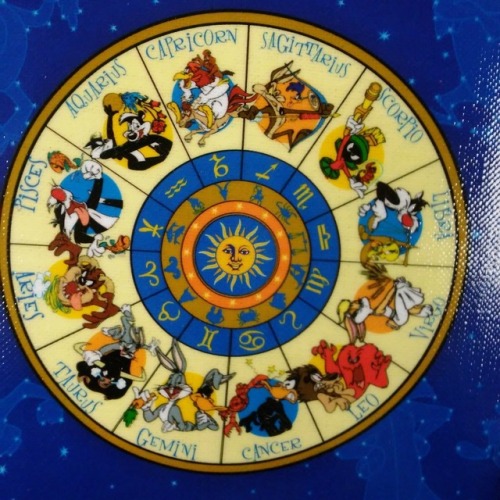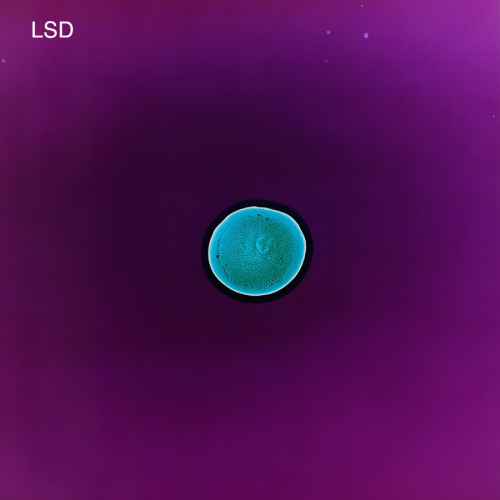
264 posts
Latest Posts by toivosworld - Page 2










Solar System


La Masia talent Riqui Puig during the match against Tottenham

Riqui and Geri together ❤️❤️❤️❤️❤️
The reason I am crying.. his laugh 🥺🥰


🥺🥺❤️💙













LNC: FC Barcelona Edition {insp.}









• if you save or use please note and reblog




Blood moon (eclipse) in central Athens, next to the ancient Greek god of music and truth, Apollo, and goddess of peace and justice, Eirine.
Ph: Aris Messinis

Self-Portrait with Death as a Fiddler, 1872, Arnold Bocklin
Medium: oil,canvas

GALAXY BRAIN 🧠
Our Hubble Space Telescope spotted this planetary nebula in the constellation of Orion. It’s really a vast orb of gas in space, with its aging star in the center… but what does it look like to you? 🤔
When stars like the Sun grow advanced in age, they expand and glow red. These so-called red giants then begin to lose their outer layers of material into space. More than half of such a star’s mass can be shed in this manner, forming a shell of surrounding gas. At the same time, the star’s core shrinks and grows hotter, emitting ultraviolet light that causes the expelled gases to glow.




“Louvre Come Back To Me”, directed by Chuck Jones, 1962. Top two drawings: character layouts by Chuck Jones; bottom two drawings: background layouts by Maurice Noble (who received Co-Director credit for this film.)


What’s your sign? Marvin the Martian.

Ever noticed how concerned she looks in this scene? She’s never seen that skunk look so beat up in his life. And that’s saying something since, you know, he’s been hit with everything under the sun. Just the expression on her face may indicate she cares a great deal for Pepe. Heck, her eyes are on him only and not on anyone else.

So that could explain why Pepe is hitting on a random black bull with a white stripe???

GET YOUR SH!*T TOGETHER, PEPE!! It's not even a cat!









Photographer Sarah Schönfeld took liquid versions of drugs, both legal and illegal, and covered exposed negative film. Each drug interacted with the film differently, and the chemical reaction continued for variable amounts of time. She repeated the process for dozens of drugs and enlarged the negatives after the reactions were complete.
Visit her website to see more
CHICO BUENOS DIAS - Rafael Márquez Lugo (México)
RAFAEL MARQUEZ LUGO - FUTBOL
Este futbolista nació en la Ciudad de México. Debutó en la primera división del fútbol mexicano con Pumas en la jornada 7 del Invierno 2000 en un partido ante Monterrey. Pasó por Chiapas, Monarcas (en dos ocasiones) Pachuca, Tecos, América, Atlante hasta llegar a Chivas, su club actual.

Con el Atlante, ganó la Liga de Campeones de la CONCACAF con lo que consiguió el pase al Mundial de Clubes de la FIFA de 2009, certamen en el que quedó en el cuarto puesto.

Con la selección mexicana ha disputado los olímpicos de Atenas en 2004 en donde sólo llegó a la fase de grupos, en la Confederaciones de 2005 quedando en 4to lugar, dos Copa Oro y en la Copa América de 2011.





Wildlife photographer Joe Neely captured two bees snuggling in a flower, and the adorable pictures show a beautiful side of them we rarely witness.
Photos by Joe Neely - Via Bored Panda





Sandro Botticelli,The Birth of Venus (details)
Galaxies: Cities of Stars
Galaxies are like cities made of oodles of stars, gas, and dust bound together by gravity. These beautiful cosmic structures come in many shapes and sizes. Though there are a slew of galaxies in the universe, there are only a few we can see with the unaided eye or backyard telescope.
How many types are out there, how’d so many of them wind up with weird names, and how many stars live inside them? Hold tight while we explore these cosmic metropolises.

Galaxies come in lots of different shapes, sizes, and colors. But astronomers have noticed that there are mainly three types: spiral, elliptical, and irregular.
Spiral galaxies, like our very own Milky Way, look similar to pinwheels! These galaxies tend to have a bulging center heavily populated by stars, with elongated, sparser arms of dust and stars that wrap around it. Usually, there’s a huge black hole hiding at the center, like the Milky Way’s Sagittarius A* (pronounced A-star). Our galactic neighbor, Andromeda (also known as Messier 31 or M31), is also a spiral galaxy!

Elliptical galaxies tend to be smooth spheres of gas, dust, and stars. Like spiral galaxies, their centers are typically bulges surrounded by a halo of stars (but minus the epic spiral arms). The stars in these galaxies tend to be spread out neatly throughout the galaxies and are some of the oldest stars in the universe! Messier 87 (M87) is one example of an elliptical galaxy. The supermassive black hole at its center was recently imaged by the Event Horizon Telescope.

Irregular galaxies are, well … a bit strange. They have one-of-a-kind shapes, and many just look like messy blobs. Astronomers think that irregular galaxies’ uniqueness is a result of interactions with other galaxies, like collisions! Galaxies are so big, with so much distance between their stars, that even when they collide, their stars usually do not. Galaxy collisions have been important to the formation of our Milky Way and others. When two galaxies collide, clouds of gas, dust, and stars are violently thrown around, forming an entirely new, larger one! This could be the cause of some irregular galaxies seen today.

Now that we know the different types of galaxies, what about how many stars they contain? Galaxies can come in lots of different sizes, even among each type. Dwarf galaxies, the smallest version of spiral, elliptical, and irregular galaxies, are usually made up of 1,000 to billions of stars. Compared to our Milky Way’s 200 to 400 billion stars, the dwarf galaxy known as the Small Magellanic Cloud is tiny, with just a few hundred million stars! IC 1101, on the other hand, is one of the largest elliptical galaxies found so far, containing almost 100 trillion stars.

Ever wondered how galaxies get their names? Astronomers have a number of ways to name galaxies, like the constellations we see them in or what we think they resemble. Some even have multiple names!
A more formal way astronomers name galaxies is with two-part designations based on astronomical catalogs, published collections of astronomical objects observed by specific astronomers, observatories, or spacecraft. These give us cryptic names like M51 or Swift J0241.3-0816. Catalog names usually have two parts:
A letter, word, or short acronym that identifies a specific astronomical catalog.
A sequence of numbers and/or letters that uniquely identify the galaxy within that catalog.
For M51, the “M” comes from the Messier catalog, which Charles Messier started compiling in 1771, and the “51” is because it’s the 51st entry in that catalog. Swift J0241.3-0816 is a galaxy observed by the Swift satellite, and the numbers refer to its location in the sky, similar to latitude and longitude on Earth.

There’s your quick intro to galaxies, but there’s much more to learn about them. Keep up with NASA Universe on Facebook and Twitter where we post regularly about galaxies.
Make sure to follow us on Tumblr for your regular dose of space: http://nasa.tumblr.com.
Just another day wishing to be squished by the thighs of marvel actors.




Sebastian Castella









some people were asking for a actual and i can never pass up an opportunity to procrastinate so here’s just a couple of things i always need to remind myself of…now back to my paper :(





Moria… You fear to go into those mines. The dwarves delved too greedily and too deep. You know what they awoke in the darkness of Khazad-dum… shadow and flame.
The Lord of the Rings (2001)

Antaeus setting down Dante and Virgil in the last circle of hell, 1827, William Blake
Medium: pen,watercolor,paper
https://www.wikiart.org/en/william-blake/antaeus-setting-down-dante-and-virgil-in-the-last-circle-of-hell-1827




Inert are words that express indifference.


Ring from a single piece of sapphire, which once belonged to the Roman Emperor Caligula ( ruling from 37 to 41) . It is believed that on its rim the face of the wife of the Emperor of Milonia Caesonia (murdered on 24 January 41).